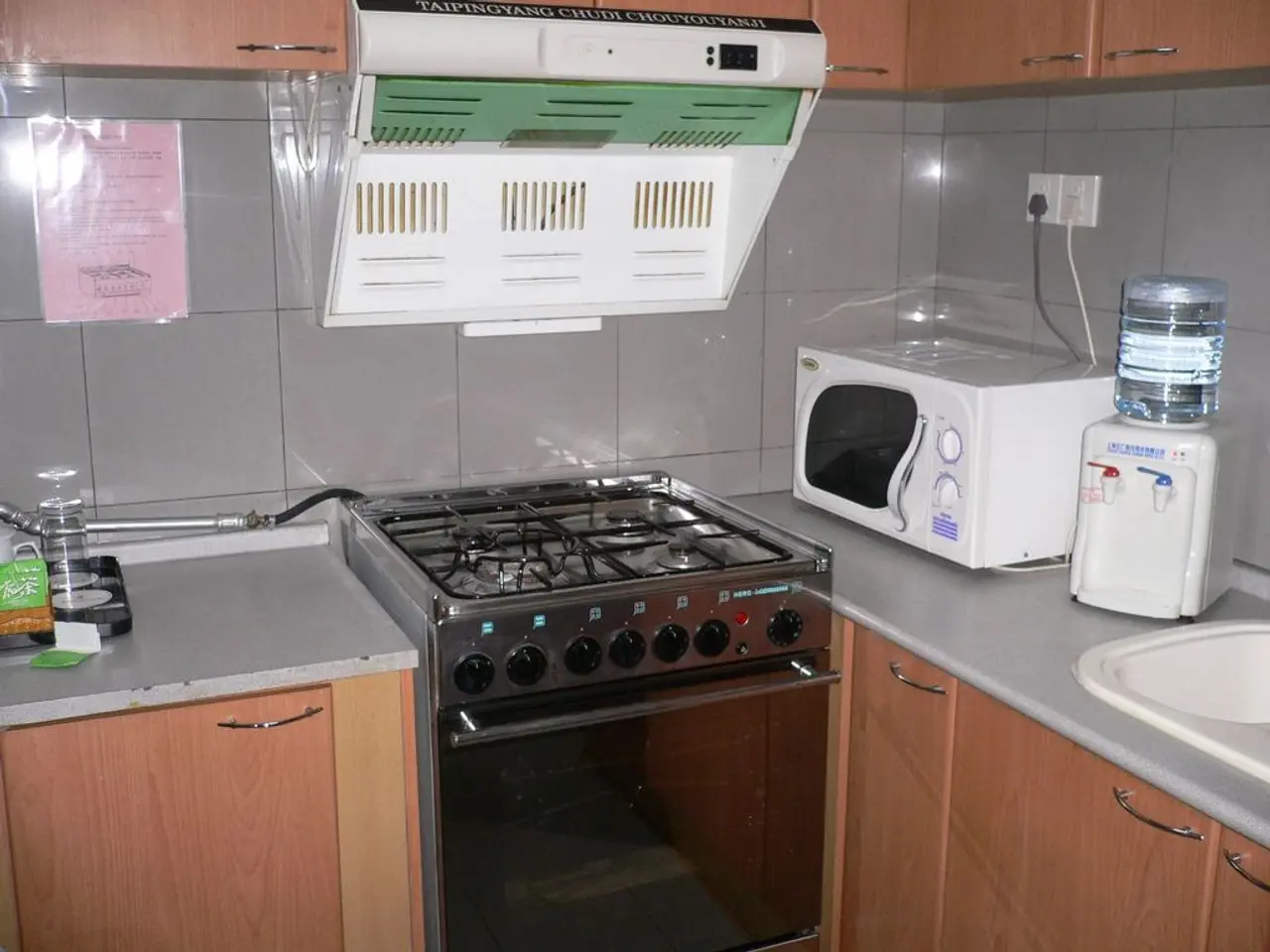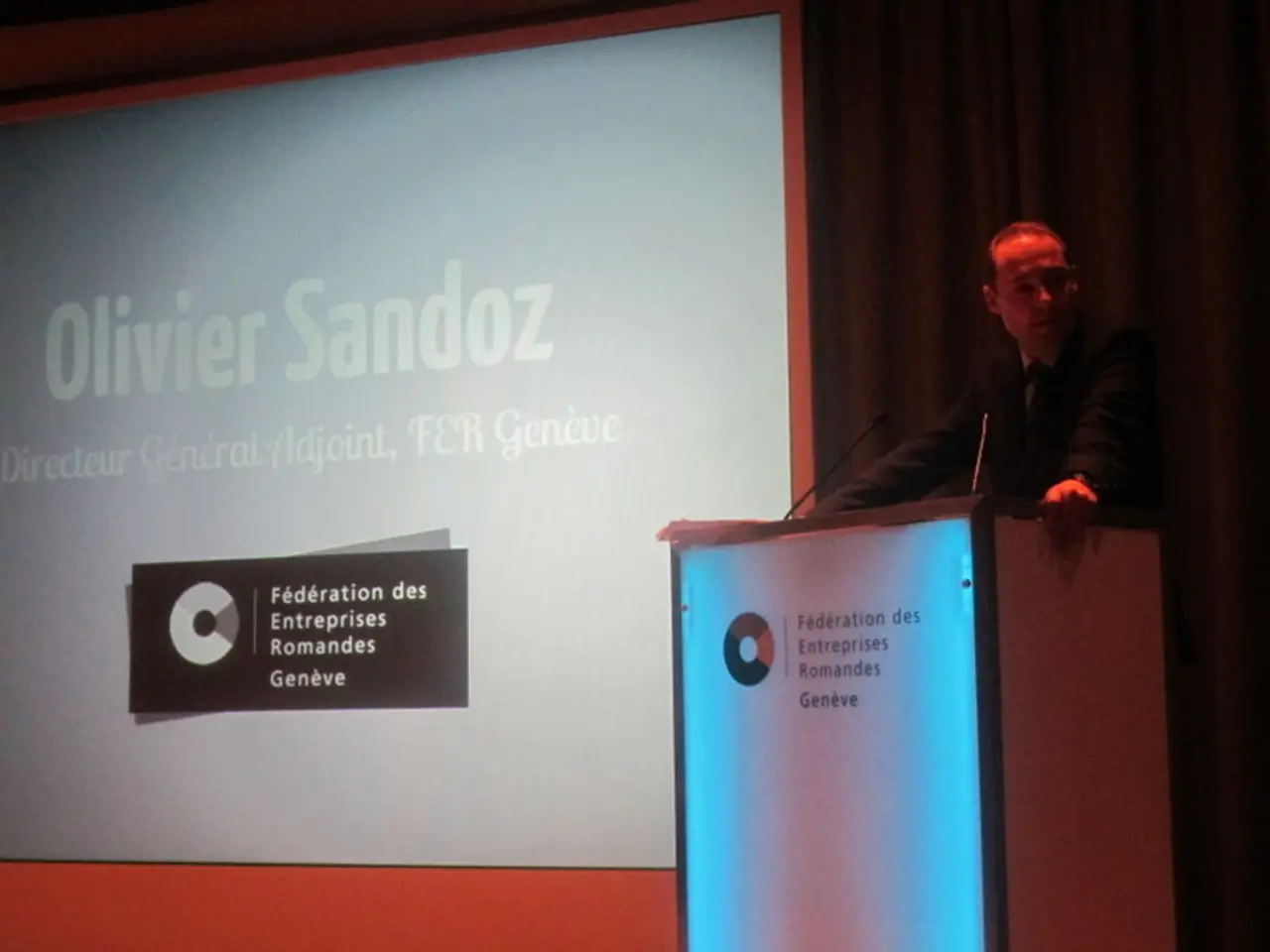Study Analysis: Development of a Radio Frequency (RF) Circuit Board Integrated with Sensors
In the realm of Internet of Things (IoT) applications, designing RF boards with sensors requires careful consideration and adherence to best practices to ensure optimal performance and reliability. Here are some of the most crucial aspects to focus on: isolation, impedance matching, stack-up design, and material selection.
**Isolation**
Physical and electrical partitioning plays a significant role in preventing interference. By separating circuit domains, you can create isolation zones using ground-stitched "via fences" or routed "moats" in copper planes. Shielding sensitive components with planes or enclosures also helps absorb or deflect EMI. Orthogonal routing in adjacent layers minimizes capacitive coupling.
**Impedance Matching**
Tight impedance control is essential, with high-speed traces routed with precise geometries to ensure a 50Ω impedance match, typical for RF lines. Smooth RF transitions, optimized co-planar waveguide (CPW) pad designs, and length-matched, tightly coupled differential pairs help prevent abrupt impedance changes and minimize skew and noise conversion.
**Stack-Up Design**
A solid ground layer is vital for reducing EMI and providing a reference point for signals. Sensitive nets should be sandwiched between solid ground planes using stripline configurations for maximum isolation. Thermal vias under power-hungry components help stabilize impedance and prevent timing errors.
**Material Selection**
Low-loss substrates like liquid crystal polymer (LCP) or modified polyimide are ideal for high-frequency applications. Ensuring the PCB material supports fine-line trace and space capabilities is crucial for dense designs.
Best practices for RF board design include keeping high-frequency signal traces under 1/10th of the signal wavelength, grouping related components together to reduce trace lengths and cross-talk, using decoupling capacitors near IC power pins, and simulating and testing designs using tools like Time-Domain Reflectometry (TDR) and Vector Network Analyzers (VNA).
By following these design considerations and practices, you can create reliable and efficient RF boards for IoT sensor applications. For more tips, refer to the RF PCBA design guidelines for 5G PCBs and antenna integration. The goal of manufacturing RF PCBs, such as the one designed by Sierra Circuits, is to maintain all specifications without compromising performance.
The RF board designed by Sierra Circuits is a 4-layer board with dimensions 50 mm x 60 mm². The design requires a thicker dielectric between trace and ground due to a trace width of 30 mils. The board comprises mixed analog and digital designs, featuring an air quality sensor, a light sensor, and a humidity sensor. Via stitching is implemented in this design to connect the ground planes. The design process takes into account the requirements of the sensor circuitry for power and noise elimination, with the goal of minimizing noise interference for the sensors. Ground pours/copper pours are designed in this board to eliminate noise.
In the context of data-and-cloud-computing, technology advances such as controlled impedance in RF board design can significantly improve the performance and reliability of IoT applications, like the one implemented by Sierra Circuits, which incorporates sensors for air quality, light, and humidity. Adherence to best practices, such as impedance matching and stack-up design, is crucial for maintaining optimal performance in controlled impedance technology.




